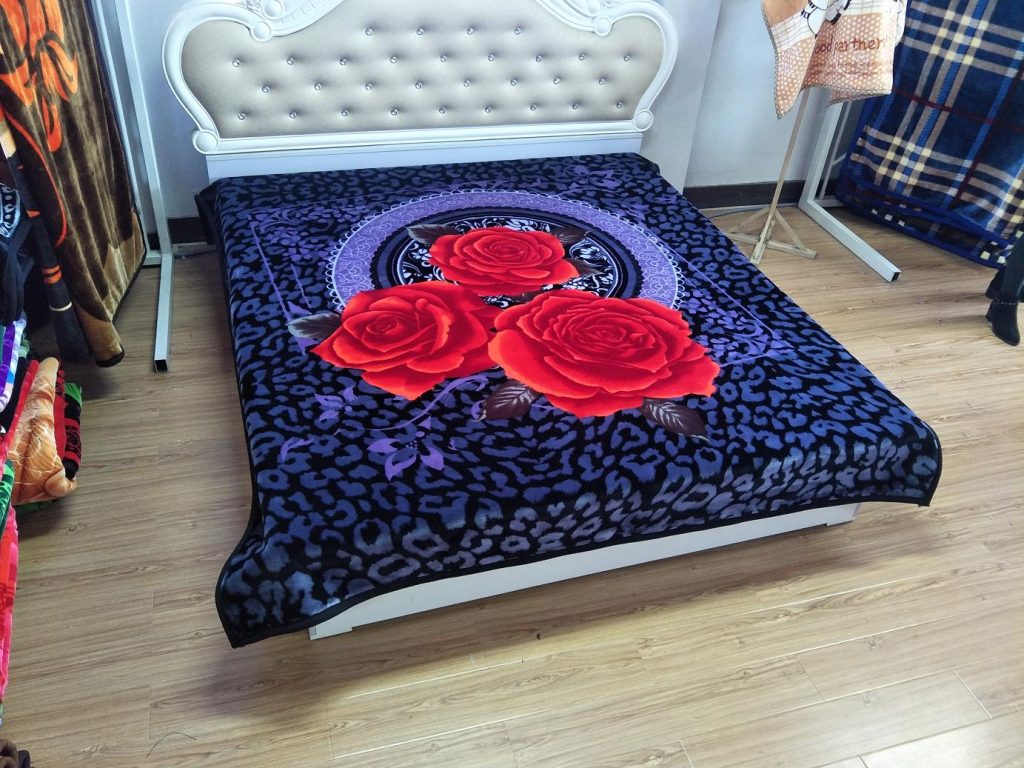resource

resource

Product details:
First, blanket weaving materials: nylon, expressed in diameter (PA6, PA66), polyester (PET)
Nylon is divided into heald, filament, weft and staple fiber.
Heald wire commonly used are: Phi 0·18, Phi 0·2, etc., heald wire is mainly used for weaving the bottom net of the warp and weft fabric.
Filament is mainly used for weaving the warp and weft of weft less woollen cloth.
Weft: Phi 0·2, Phi 0·3, Phi 0·34, Phi 0·35, etc.
Because the diameter of the staple fiber is small, usually expressed in denier, the staple fiber is carded to form a flocs and spread on the bottom cloth or bottom net by needling machine to become a papermaking blanket.
Papermaking blanket is divided into weft free blanket, ordinary blanket (BOB), bottom mesh blanket (BOM) bottom mesh blanket characteristics: it has good dehydration performance, wear resistance, high strength, suitable for various speed paper machine, long service cycle. Disadvantages: poor folding resistance.
There are single bottom blanket, double bottom blanket, three bottom blanket (i.e. laminated blanket or composite bottom blanket).
Weftless blankets and ordinary blankets are generally suitable for ordinary low-speed paper machines.
Single and double bottom mesh blankets are also suitable for ordinary low-speed paper machines but the service cycle is longer than that of ordinary blankets.
Laminated, three-layer (composite bottom mesh blanket) suitable for medium and high speed, wide door, high line press paper machine.
Second, blanket weaving process
Staple fiber → woolen → carding → heald → plying → warping → needling → Shaping (far infrared or oil heat)→ Weaving, insert (shaping)→ weft (plying)→ winding → Inspection → packing → storage → Leaving the factory
Blankets with special requirements also need to be chemically treated to increase the stain resistance or wear resistance of the blanket.